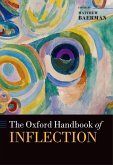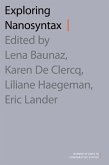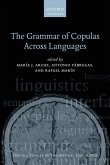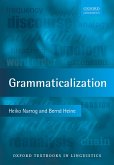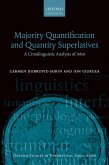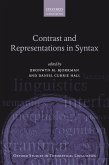This book provides both language-specific and cross-linguistic comparative analyses of phenomena relating to person, case and case-marking, and agreement. It offers an explicit and detailed analysis of differential object marking in Hungarian, and shows that the same general type of analysis can account for related phenomena in unrelated languages such as Kashmiri and Sahaptin. In Hungarian, the person of both the subject and the object determines verbal morphology, while in Kashmiri and Sahaptin, person determines object case-marking and subject case-marking, respectively. András Bárány adopts broadly the same analysis for these three languages, focusing on how person and agreement influence case-marking. In contrast, the final chapters examine how case-marking influences agreement and show how to account for both orders of interaction. Finally, the author discusses typological generalizations based on the interaction of case and agreement and shows how only the attested patterns of case-marking and agreement in ditransitive clauses are predicted. The book combines data from eight different language families with theory and explicit analyses, and will be of interest to both formal and data-oriented linguists and typologists alike.
Dieser Download kann aus rechtlichen Gründen nur mit Rechnungsadresse in A, B, BG, CY, CZ, D, DK, EW, E, FIN, F, GR, HR, H, IRL, I, LT, L, LR, M, NL, PL, P, R, S, SLO, SK ausgeliefert werden.



